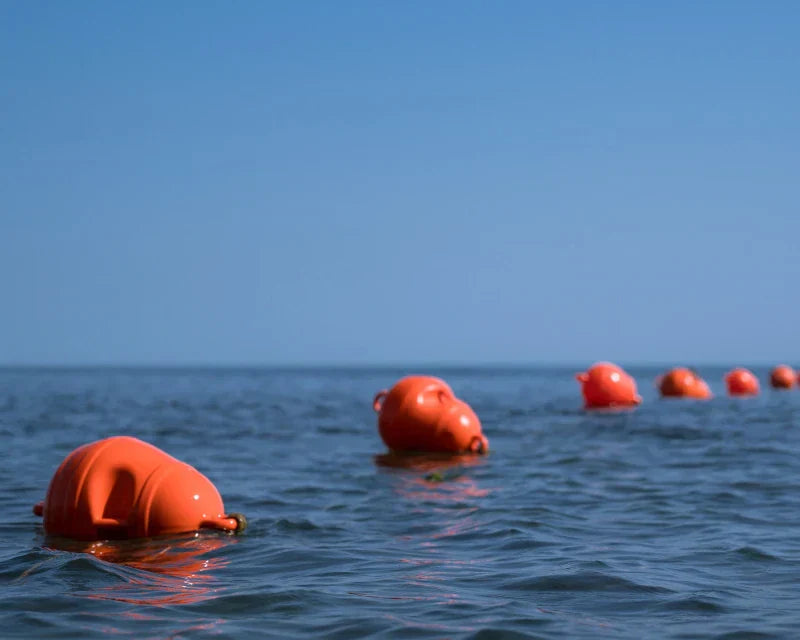This June saw the launch of the drowning prevention campaign run by the French "Institut National de la Consommation" (INC) in partnership with the Ministries of Health and Sport and "Santé Publique France". Why is such a campaign essential as summer approaches? What can be done to prevent drowning?
Over 500 children drown every summer
Drowning is the leading cause of accidents in everyday life among children. Children aged 18 months to 6 years, who know how to move around but not yet how to swim, are particularly affected: in 2021, for example, there were 337 drowning accidents in children under 6*.
Today, we protect:
- the access to swimming pools with covers, barriers, alarms, etc., but which generally remain open or deactivated in summer, limiting their effectiveness...
- the child when going swimming with armbands, buoys, swimming waistcoats, floating swimming costumes, etc.
Nevertheless, as the new prevention campaign reminds us, adult vigilance remains essential, both in and out of the water. In fact, contrary to what you might think, most accidents happen outside bathing time, when children are not supposed to be in the water.
"No parent is perfect. No mum is perfect. It can happen to all of us." - Elodie, Noah's Mum (aged 2)
Unfortunately, as Elodie, Véronique and Karine say in their testimonials, "no parent is perfect" or infallible. In the majority of drowning cases, an adult was less than 20 metres away.
What are the practical solutions to the risk of drowning?
Effective, permanent surveillance
When your child is in the water or near water, stay with him and don't let him out of your sight! Appoint a responsible adult who knows how to swim to look after them, especially if you are a large group.
Enhanced safety measures
As a reminder, barriers, alarms, covers, etc. are compulsory for swimming pools. Aesthetics are not an acceptable argument for not protecting access. Even if you don't have any children of your own, children in the neighbourhood could be at risk.
Find out more about the various safety devices
An innovative new solution: the anti-drowning T-shirt to directly protect children out of the water
New solutions exist to protect children during and after swimming. For example, there is an anti-drowning T-shirt that inflates and automatically turns the child onto his or her back if immersed in water.
See the children's anti-drowning tee-shirt
Learning to swim as early as possible
Children under the age of 4 do not yet have the psychomotor skills needed to learn to swim. However, it is important to familiarise them with the aquatic environment as early as possible (baby swimmers, aquatic fluency) so that they have a chance of saving themselves if they enter the water.
Find out more about learning to swim for children




